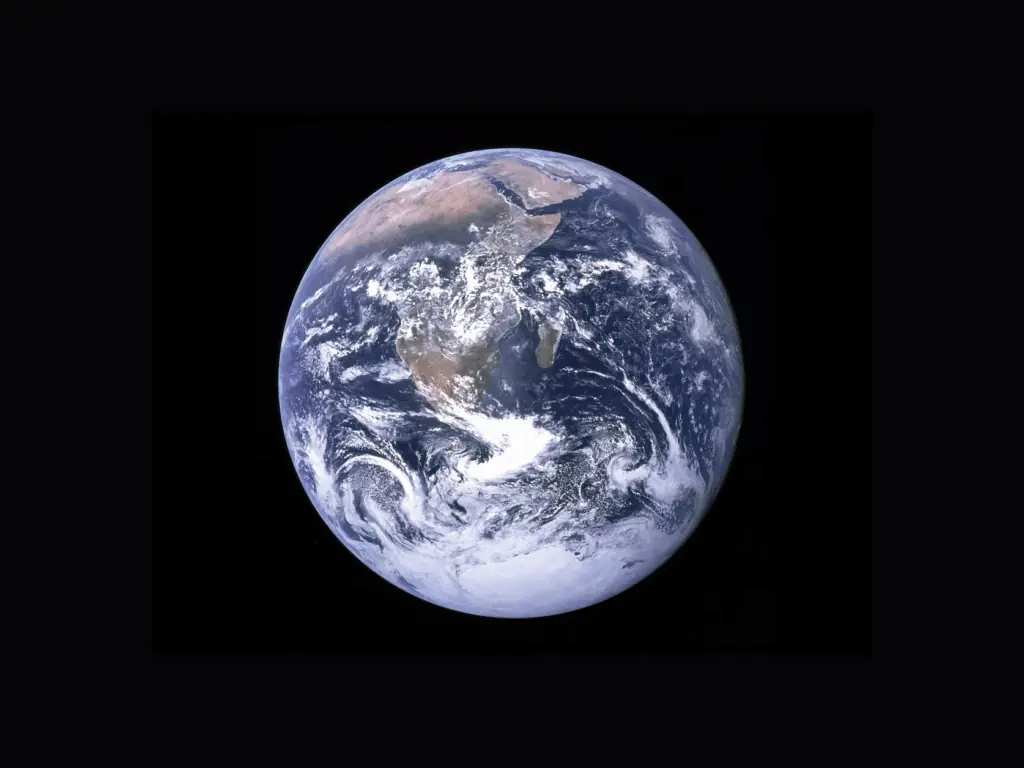
Point Nemo: The Most Remote Place on Earth—Closer to Space Than Humanity
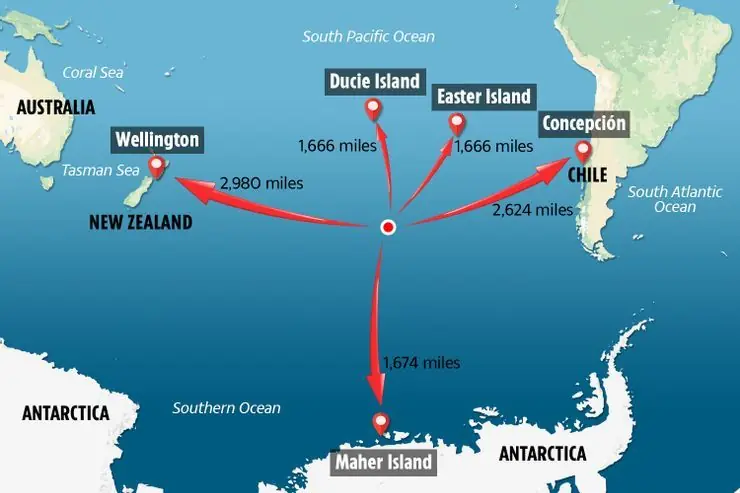
In the vast expanse of the South Pacific Ocean lies a place so isolated, so far removed from civilization, that even astronauts in orbit are closer neighbors than any human on land. This is Point Nemo, the most remote location on Earth, sitting an astonishing 2,687 kilometers (1,670 miles) from the nearest inhabited landmass—Antarctica.
Discovered in 1992 by Croatian-Canadian survey engineer Hrvoje Lukatela, Point Nemo isn’t just a lonely dot in the ocean. It's technically known as the "oceanic pole of inaccessibility"—the spot in the ocean farthest from any coastline. Its precise coordinates are 48°52.6′S 123°23.6′W, surrounded by nothing but thousands of kilometers of open water.
Astronauts: The Nearest Neighbors
What makes Point Nemo even more astonishing is its unique proximity—not to cities or ships, but to outer space. The International Space Station (ISS) orbits Earth at an altitude of approximately 417 km (260 miles). That means astronauts flying above the planet are closer to Point Nemo than any person on Earth.
During routine ISS orbits, crew members pass over Point Nemo multiple times a day, making them its "closest neighbors." This unusual fact has captured the imagination of scientists and space enthusiasts alike.
No Humans, No Visitors
There is no permanent human presence at Point Nemo. No islands, no boats, and almost no marine life, due to its location within the South Pacific Gyre, an oceanic current that limits nutrient circulation. Sailors and shipping vessels tend to avoid the region, and even airplanes rarely fly overhead. The ocean around Point Nemo is eerily quiet—free from light, sound, and human touch.
Ironically, the location is often used as a “spacecraft cemetery.” Since it’s so far from civilization, decommissioned satellites and space debris are often directed to re-enter Earth's atmosphere above this region, eventually crashing harmlessly into its deep waters.
A Symbol of Earth’s Vastness
Point Nemo symbolizes just how vast, mysterious, and uninhabited much of our planet remains—even in an era of satellites and smartphones. While urbanization and globalization have made the world seem smaller, Point Nemo reminds us that there are still corners of Earth untouched by humanity.
For explorers, scientists, and dreamers, Point Nemo represents the ultimate frontier of isolation—closer to the stars than to any shore.
Did You Know?
-
The name "Nemo" was inspired by Captain Nemo, the enigmatic submarine commander from Jules Verne’s Twenty Thousand Leagues Under the Sea.
-
Point Nemo is so far from land that radio signals can't even reach it effectively.
-
Marine life in the area is sparse, making it one of the least biologically active regions of the ocean.
Conclusion
Whether viewed through a lens of awe or solitude, Point Nemo remains one of the most fascinating and remote places on Earth. It is a silent testament to the immensity of our planet and the mysteries that still lie hidden in its blue heart.
News in the same category


Staying at Home with Your Children is Harder Than Going to Work

This is why you should keep the bathroom light on when sleeping in a hotel

7 Things That Happen To Your Body When You Don’t Have Sex For A While

The story behind the tiny pocket on your jeans

What’s SPAM, really — and what goes into it?

💤 Your Sleeping Position Says A Surprising Amount About You

💕 15 Things Women Only Do With the Men They Truly Love

Brain Teaser: Can you identify the error in this family’s dining room photo in under 15 seconds?
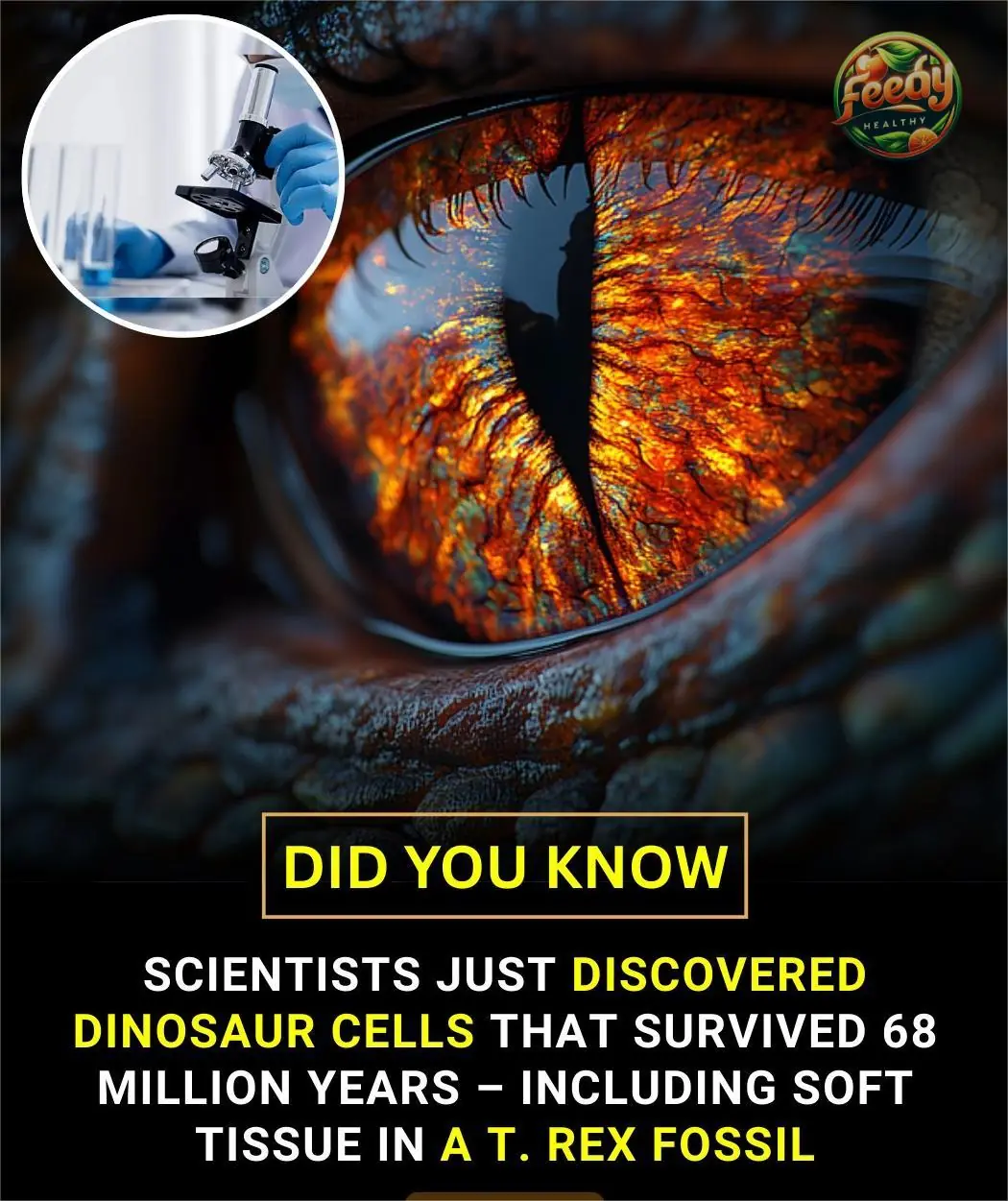
🧬 A Giant Leap in Dinosaur Science: Preserved T. rex Cells Discovered! 🦖✨

Woman issues terrifying warning after finding a stroller abandoned on the side of the road

15 things a woman should never tell a man

Who Would You Give Your Seat to on the Bus? Your Answer Reveals Personality Insights

Can You Spot the 6 Hidden Words in This Living Room Image?

What’s the purpose of the fabric strip across hotel beds?
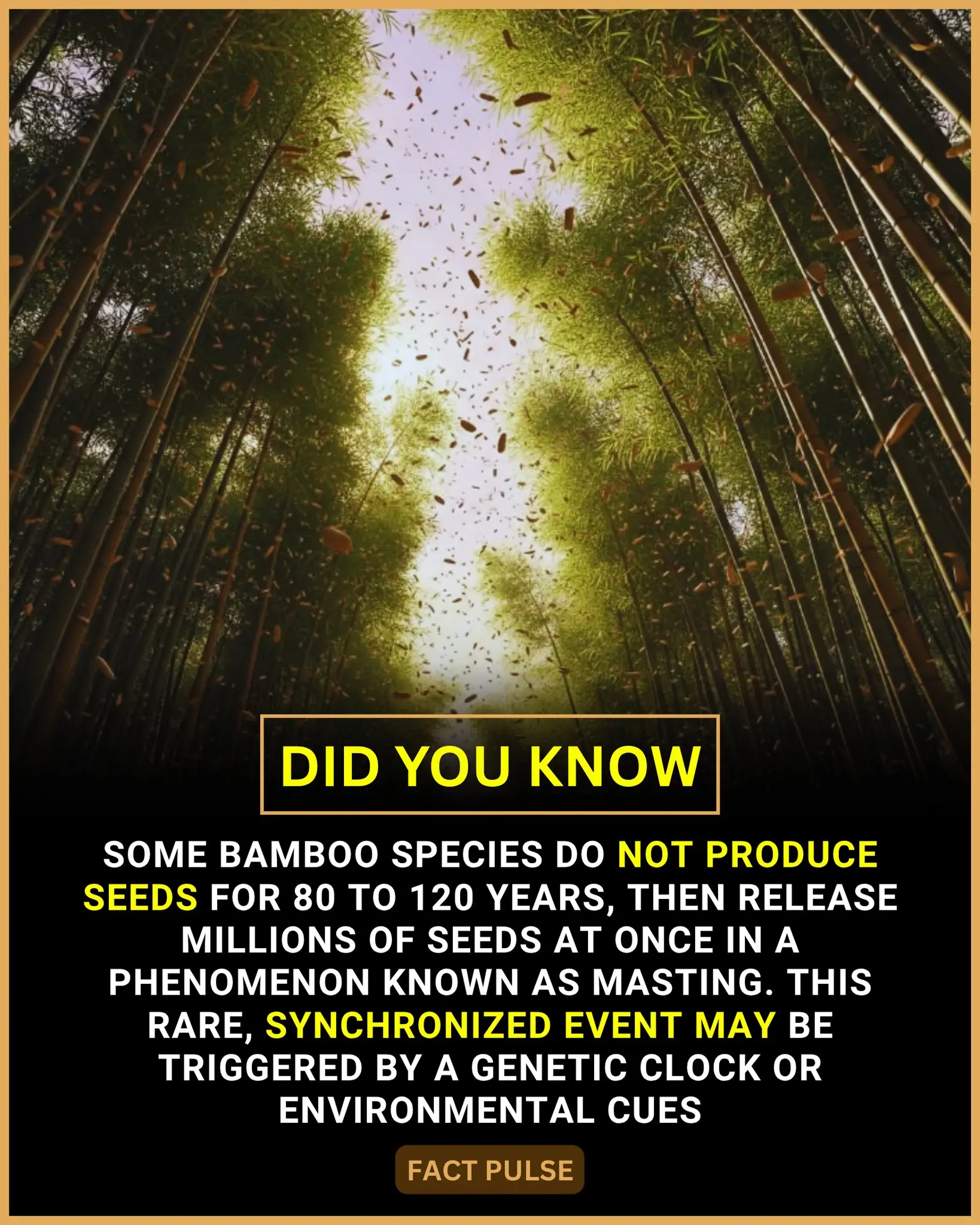
The Astonishing Life Cycle of Bamboo: A Once-in-a-Lifetime Botanical Spectacle
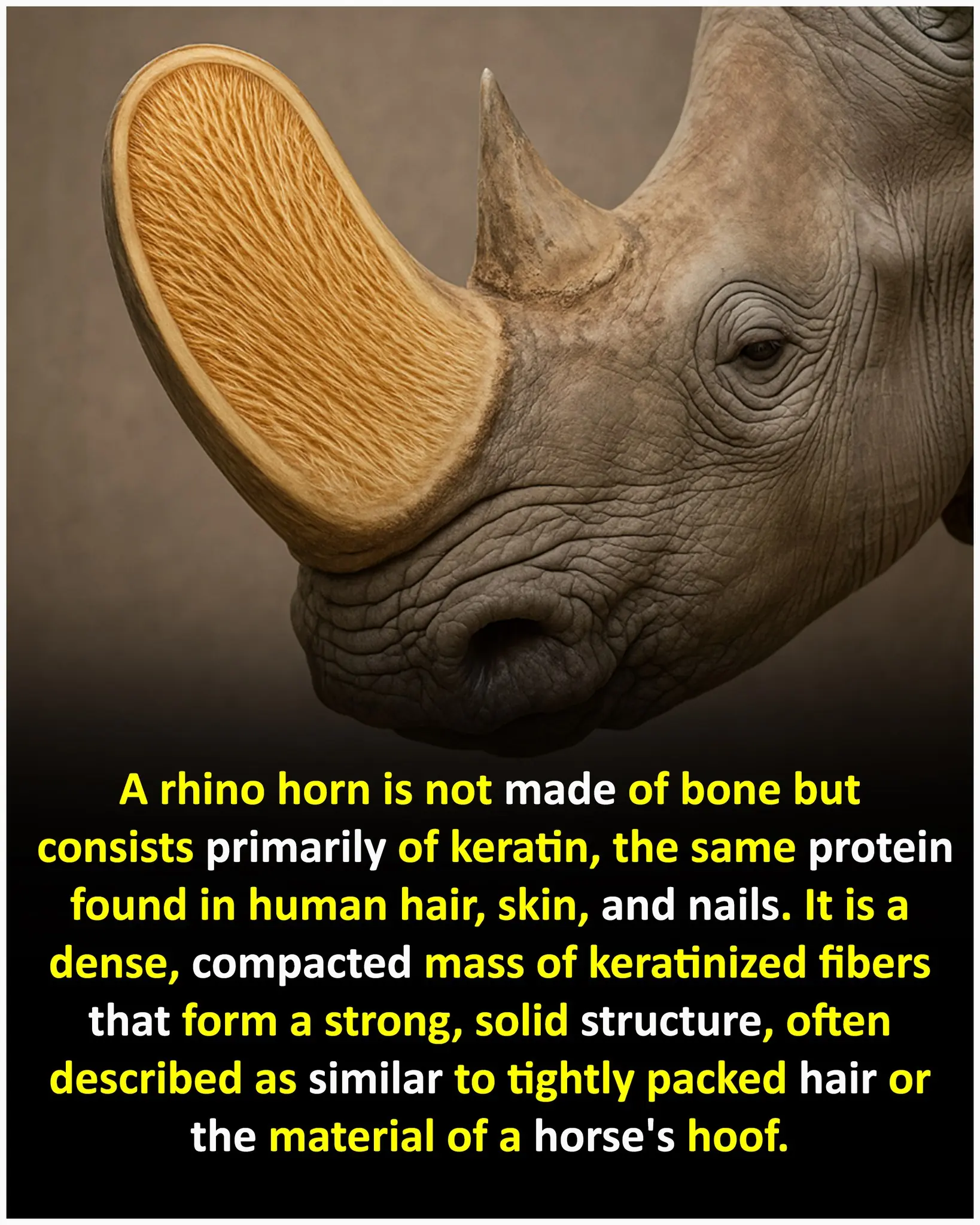
The Truth About Rhino Horns: What They're Really Made Of

Never keep these 4 relics after losing a loved one

A Touch of Viking Brilliance: Moss-Carpeted Homes in Norway
News Post

Pear and Pomegranate Spinach Salad with Maple-Lemon Mustard Dressing

Creamy Spinach Gnocchi (20-Minute, One-Pan Meal)

Lemon Chicken Orzo Soup

🐱 What Does It Mean When Your Cat Shows You a Mouse?

🍪 Cookies & Cream Swiss Roll Cake

🍪 No-Bake Biscuit Cheesecake Bars

🍓 Strawberry Drip Cake Recipe

🍫 Ultimate Chocolate Milkshake Recipe

Experts Are Shedding Light on the ‘Death Rattle’ Phenomenon Before Passing

Junk Cars, Green Future: How Automobiles Became the World’s Most Recycled Consumer Product

France’s Living Streetlights: A Glowing Experiment in Sustainable Urban Lighting

Italy’s Quiet Rubber Roads: A Sustainable Shift Toward Noise-Free, Eco-Friendly Infrastructure
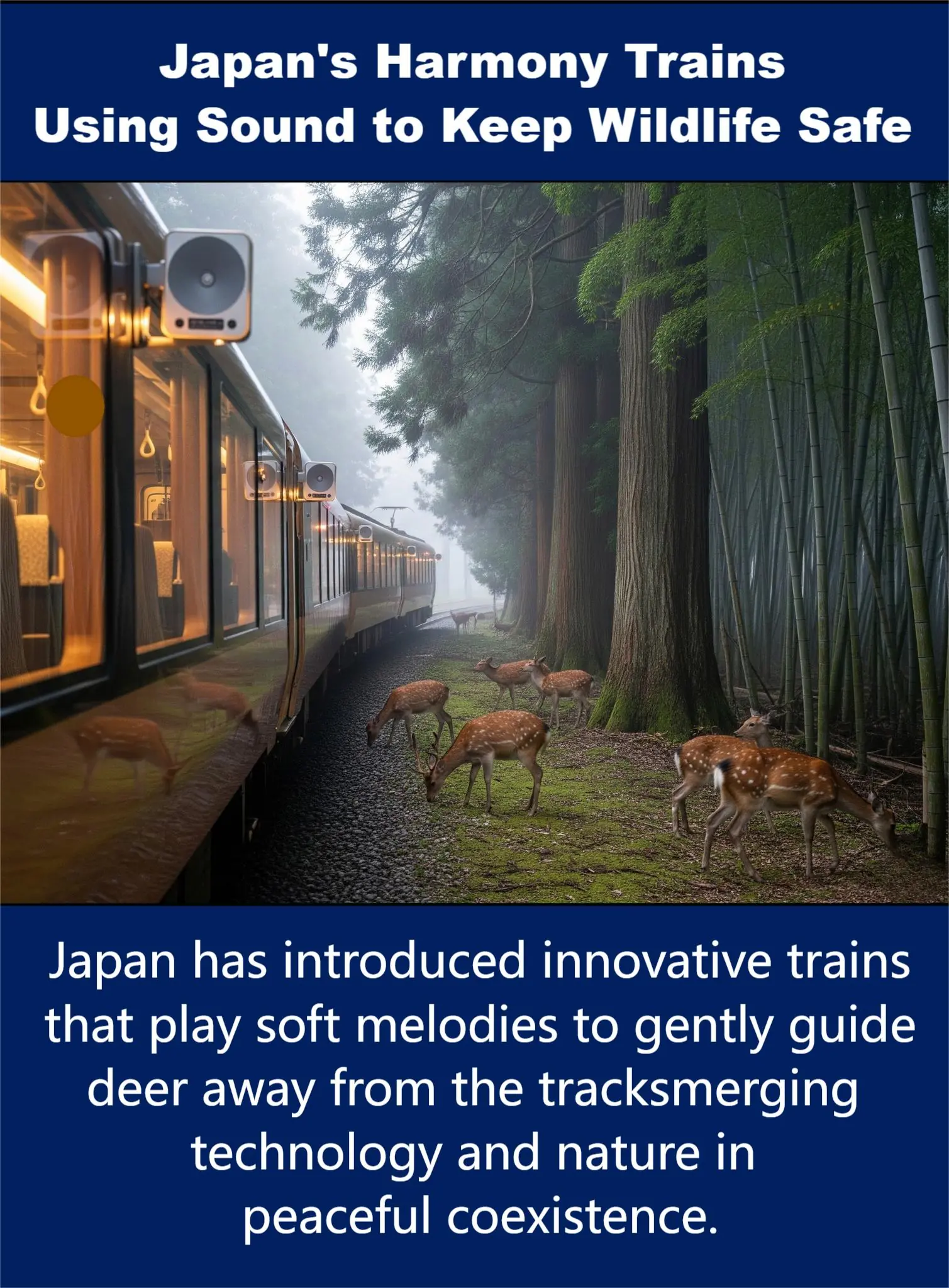
Japan’s Harmony Trains: Blending Innovation and Compassion to Protect Wildlife

12 Warning Signs Your Blood Sugar Might Be Too Low

Why Do Some People Feel Sad After Eating White Bread?

Discover the Powers of Moringa: Traditional Recipes and Health Benefits

Benefits of Clove Tea: How to Transform Your Health One Cup at a Time

Benefits of Radishes, Ginger, and Honey for Thyroid and Gallbladder Health

Why Do Couples Start Sleeping Separately After Age 50?
